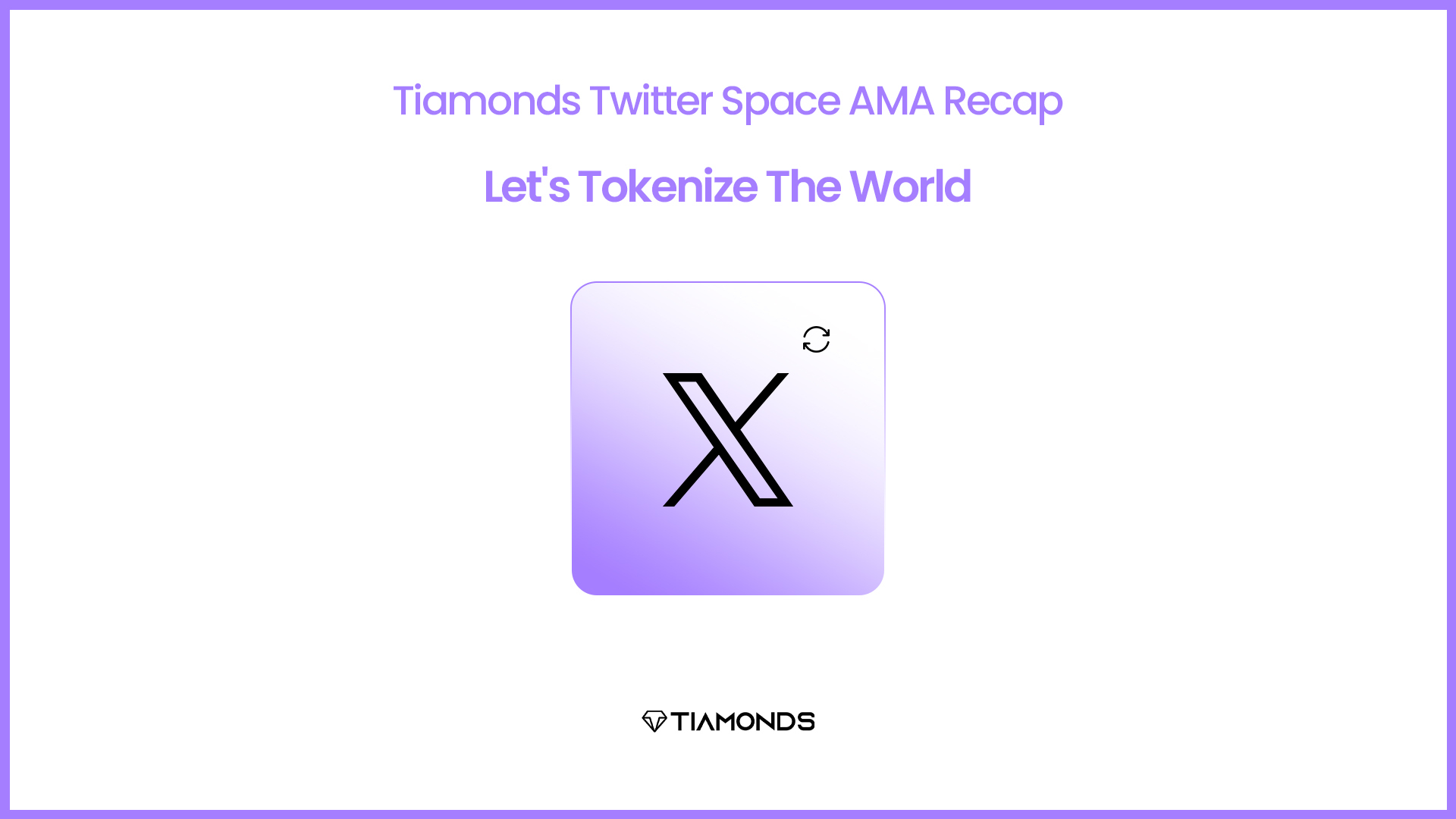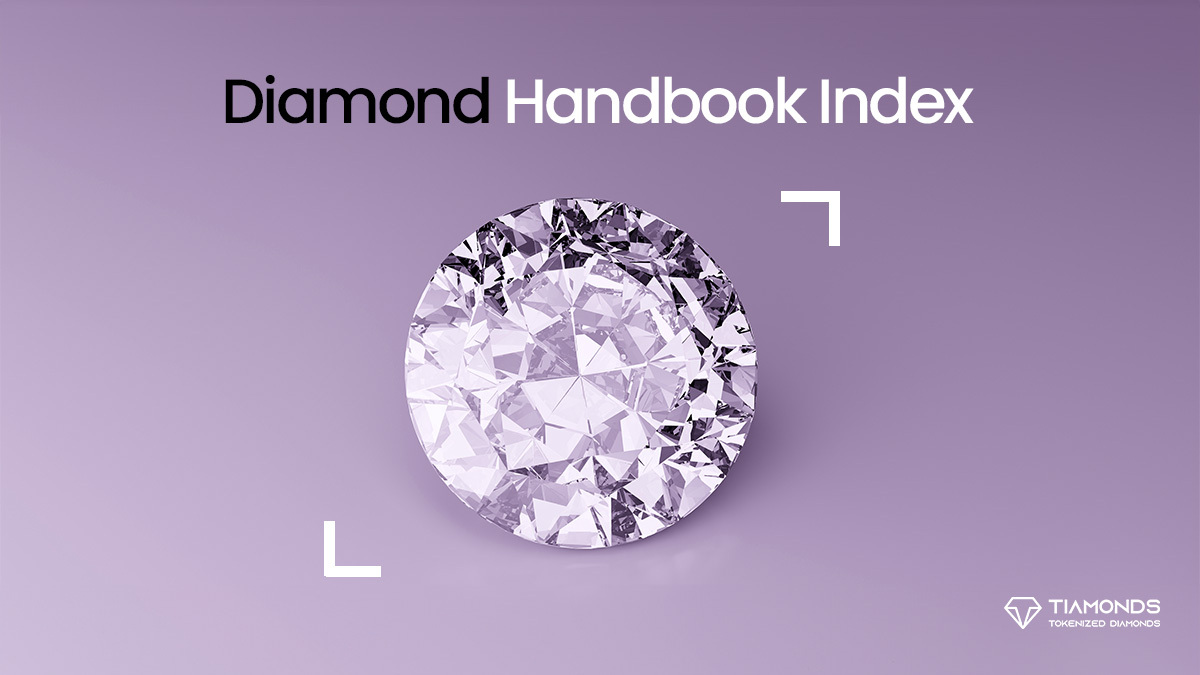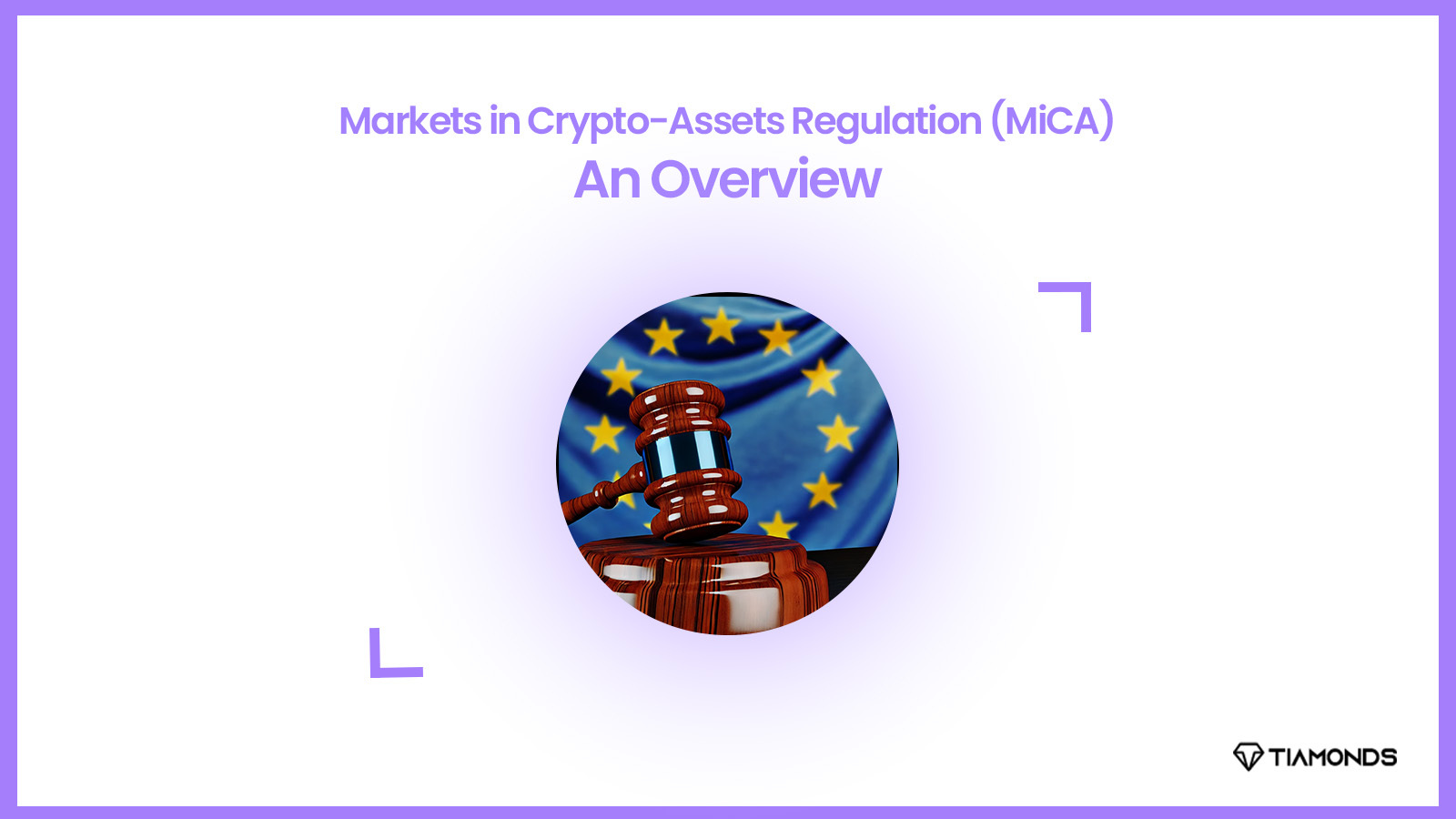People admire diamonds for a variety of reasons, including their exquisite appearance and significance. These precious gems are renowned for being the most complex naturally occurring substance on Earth and for radiating light in a manner that produces a dazzling effect. Throughout the centuries, people have used them as symbols of devotion and endless affection. It makes them the oldest gemstone in the world. As a result, they are a popular choice among people. When purchasing diamonds certified to the highest standard by the GIA. It is crucial to obtain the greatest value for the money spent while understanding the diamond grading process as well.
However, with so many diamond grading and related gemological terms, this can be intimidating, particularly for new purchasers.
What is Diamond Grading?
The evaluation of a diamond’s 4Cs (cut, color, clarity, and carat weight) constitutes diamond grading. Grading is used to evaluate the purity and worth of a diamond. The technique of classifying diamonds entails an in-depth review of each diamond by seasoned gemologists with expert knowledge of analyzing the particular features of each stone. This involves examining how light travels through it (known as ‘light performance’). Closely examining its proportions and symmetry with specialized instruments, and evaluating its appearance under intensive scrutiny.
A diamond with outstanding grades is going to look superior due to its radiance and be more valuable than diamonds with lower grades on any or all of the four criteria. In addition, certification organizations such as GIA and IGI use standardized procedures to objectively evaluate diamonds according to international criteria. Once evaluated, these certificates also indicate which characteristics have the greatest impact on the appearance that we may anticipate from an individual grade or combination of grades for various stones. This allows us to make informed purchasing decisions.
Diamond Grading Report
It is a document, or “diamond certificate,” or diamond documentation provided by a reputable Gemological Laboratory. This is an evidence that a diamond has been thoroughly inspected and graded.
In addition to Color, Carat Weight, Clarity, and Cut, this report reveals the diamond’s essential qualities and provides important details. While grading reports do not necessarily decrease the value of a diamond, they are not required for the sale of loose diamonds or diamond jewelry. They are exceptionally useful due to the fact that certain qualities are not noticeable to the naked eye. Which includes minute differences that have a significant impact on the price of the diamond. Despite the fact that there are numerous distinct gemological laboratories that issue grading reports, the GIA’s reports are the most widely recognized by both buyers and sellers.
The GIA is the standard for evaluating diamonds. They are the creators of diamond grading standards and have the most proficient gem lab in the world. Significant diamonds have GIA reports.
Factors Affecting Diamond Grading
4Cs
Grading a diamond involves evaluating its unique features and awarding it a general rating based on these characteristics. The grade of a diamond determines its worth, attractiveness, and longevity. Four primary factors determine a diamond’s grade:
Cut
This refers to the shape, uniformity, dimensions, and overall polish of a diamond. Its cut affects the amount of light reflected off its smooth surface, which determines how brilliant or glittery it is.
Color
Natural diamonds can range in hue from colorless to intense yellow or brown tones. Colorless diamonds are of greater worth than colored diamonds because they reflect more light. Nevertheless, some fancy colored diamonds, such as yellows, pinks, and blues, can be exceedingly rare. This results in higher prices for stones with extraordinary grades for their respective colors.
Clarity
This factor determines where inclusions (or blemishes) show up within the stone, as well as their nature and size. This determine how visible they are when viewed with a 10x magnifying glass under proper lighting conditions, such as those used by gemologists carrying out diamond grading services prior to sale. The clarity grades extend from I1 to FL. However, most readily accessible jewelry will only contain stones with clarity grades of SI2-SI3 due to cost and pricing considerations. Clarity has a significant impact on price when comparing two items of comparable quality.
Carat Weight
This simply refers to the weight of a diamond, which directly correlates to its size and volume. Consequently, diamonds with higher carats appear to be larger than those with lower carats, assuming all other quality standards are met, such as cut/clarity, etc. Since diamond prices rise significantly with size, buyers with a limited budget should consider their options carefully. Several smaller stones can generate a wider dispersion at a lower cost than a single larger stone.
Diamond Grading Scale
The process of evaluating the excellence of a diamond based on its characteristics. This includes its cut, color, clarity, and carat weight. Prior to making a purchase, it is crucial to comprehend the various grading scales.
Gemological Institute of America Ranking Methodology
The Gemological Institute of America (GIA) classification system is the principal diamond grading scale used in the United States. The GIA evaluates each stone based on its cut, color, clarity, and carat weight. The GIA gemstones have been rated alphabetically from A to Z, with A representing flawless stones and Z representing stones with evident flaws.
American Gem Society Grading Scale
American Gem Society (AGS) is another well-known diamond grading system. This system assigns a value between 0 and 10 to diamonds based on four criteria: cut design grade, polish grade, symmetry grade, and intensity of fluorescence level. 0 is the highest level of perfection for diamonds up to 10, which have significant structural flaws that have a significant impact on their beauty or durability (if applicable).
European Grading Standard for Diamonds
De Beers Group also offers a European diamond classification standard known as the “4C”: Cut & Polish Quality: Three categories evaluating fire and reflectivity Color Grade: seven distinct tones ranging from D to Z (D = whitest); Clarity Grades Level -9 different levels visible even under magnification; Carat Weight: measured in metric carats, with 1 ct = 0.2 grammes, commonly abbreviated ‘ct’ or ‘ctw.’
Based on their respective methodologies, each organization offers a distinct method for evaluating diamonds, so selecting one over another is ultimately a matter of personal preference.
Selecting the Appropriate Diamond Grader
Choosing the appropriate diamond evaluator is a crucial aspect of the diamond grading process for generating an accurate and trustworthy diamond appraisal. It requires extensive training, knowledge, and experience. A reputable organization must validate a diamond evaluator in order to guarantee that they have the necessary skills. When making a hiring decision, it is crucial to choose a diamond grader who has received accreditation from the Gemological Institute of America (GIA). The Gemological Institute of America (GIA) is one of the most prestigious and trusted organizations for gemstone certification, providing students with rigorous training in gemology. In addition, they utilize modern technology when assessing stones and generating grading reports that include information on size, shape, color grade, and clarity grade.
By locating a professional diamond grader who is both GIA-trained and highly skilled in working with various types of stones that are evaluated according to the Four C’s standards, it can be rest assured that any evaluations will contain the accurate information required when choosing diamonds or assessing pricing patterns at competitive prices for secondary markets such as auctions and estate sales.




